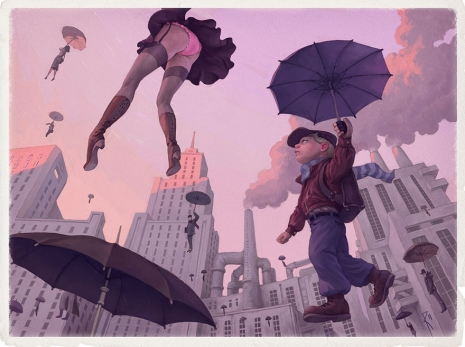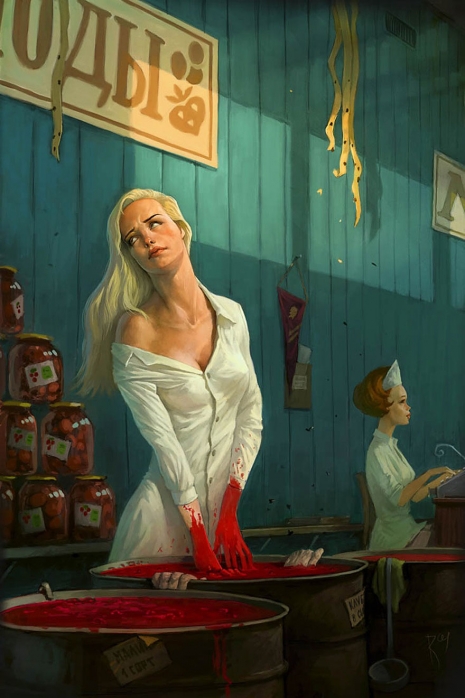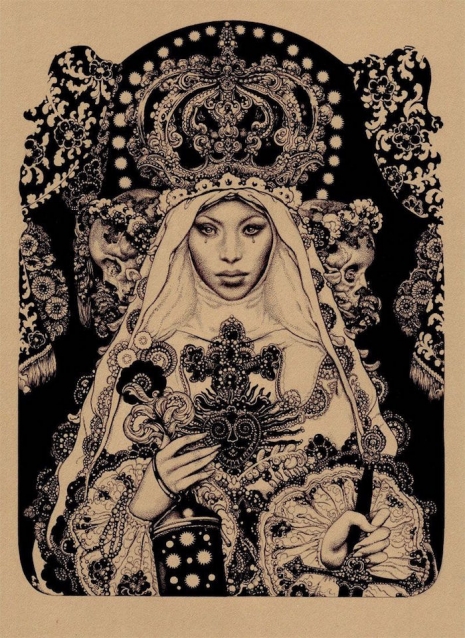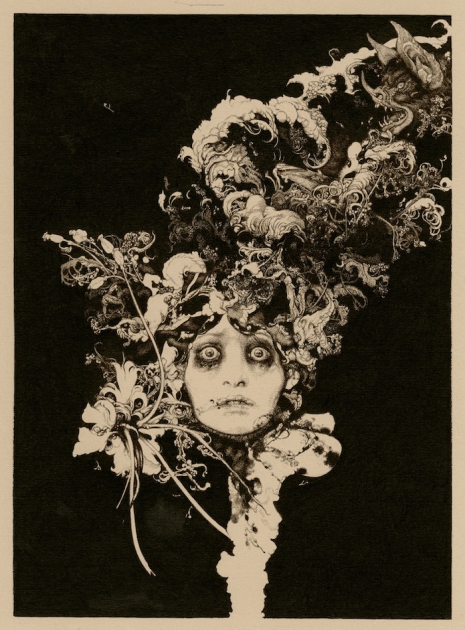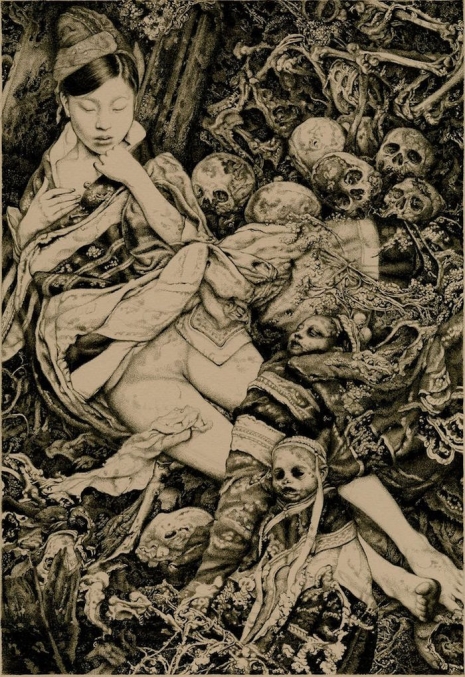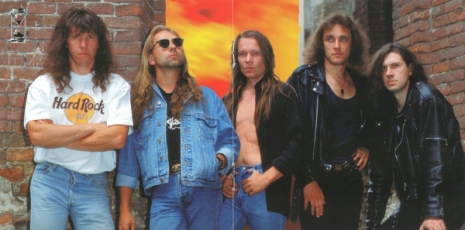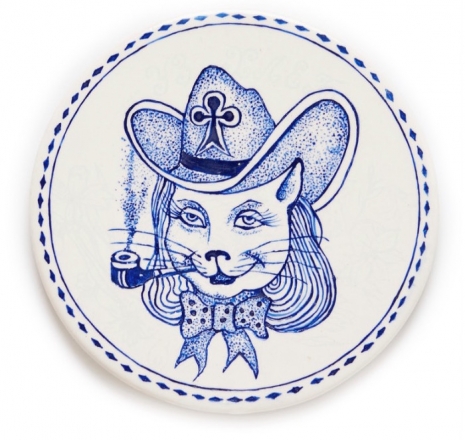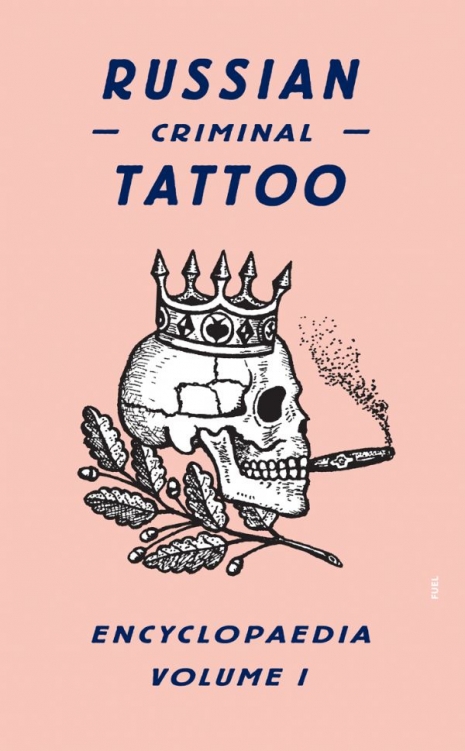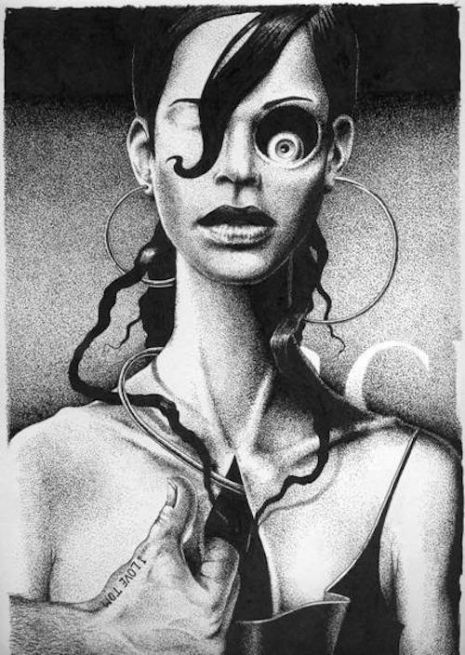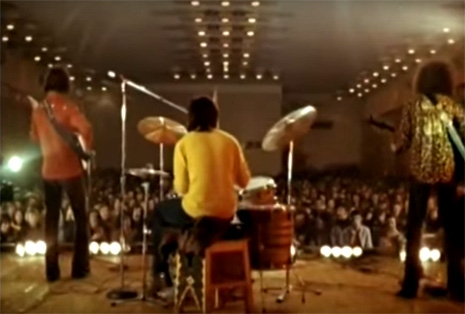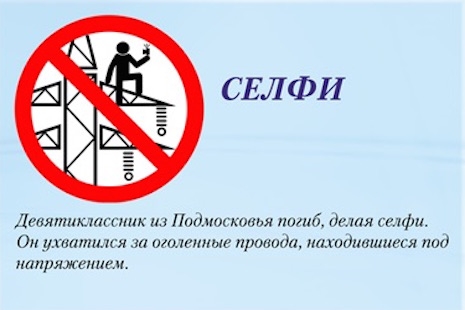
A realistic piece of doll-sized BDSM furniture made by a Russian artist going by the name of Mick. Mick sells his dollhouse dungeon furniture on his Etsy site, BdsmFan.
A few years ago I wrote about UK-based artist Jennie Nightfall and her naughty doll-sized BDSM furniture here on Dangerous Minds. Somewhat unsurprisingly, the post was a huge hit, proving once again that DM readers like to let their freak-flags wave and give zero fucks if you are offended at the sight of a doll spanking another doll who bent over a little wooden horse. This logical approach to life is shared by a Russian architect, artist, and designer named Mick—the man behind the doll-sized BDSM playthings and contraptions seen in this post.
Mick resides Novosibirsk—a city in the southwestern region of Siberia near the Ob River. According to his Etsy page, Mick has been making his little torture devices and equipment for about a year and will allegedly make custom BDSM pieces for you in either doll or human scale. His doll-sized work is rather authentic-looking and includes all kinds of bondage furniture such as benches, various “punishment boards” (or pillories), cages, and even a little BDSM toilet. Mick also crafts kinky accessories like paddles, masks and fishnet stockings because even inanimate dolls want to look good while they are behaving badly. Most of Mick’s little bondage gear will run you anywhere from five bucks for a mini-mask to $95 for a deviant doll-sized dungeon diorama. I’ve posted photos of Mick’s adult-oriented doll furniture below which contains images of nude dolls making this post perplexingly NSFW.

One of Mick’s doll-sized punishment boards. Dolls not included.

More after the jump…






